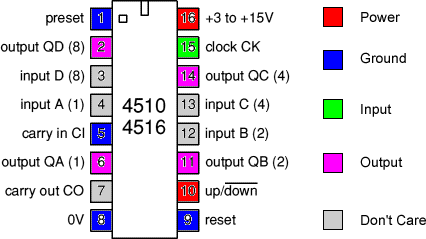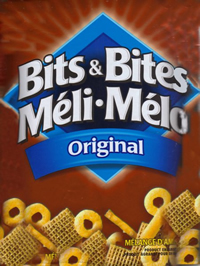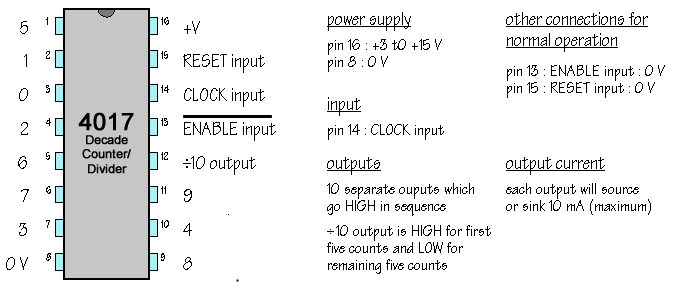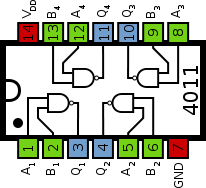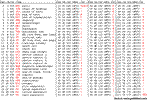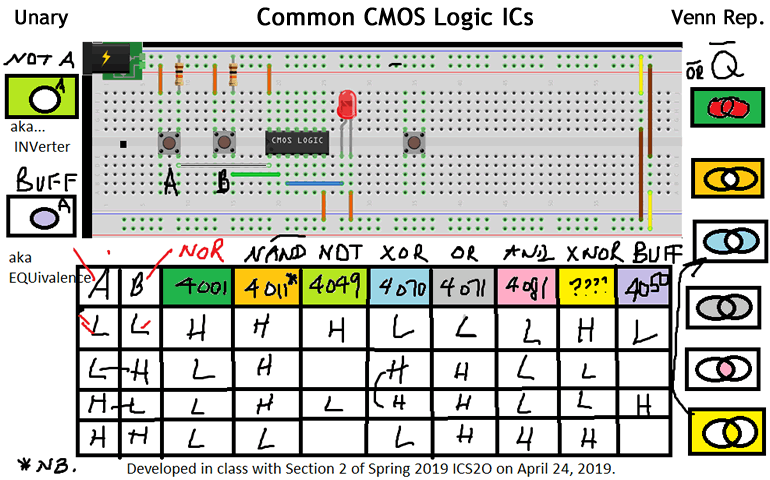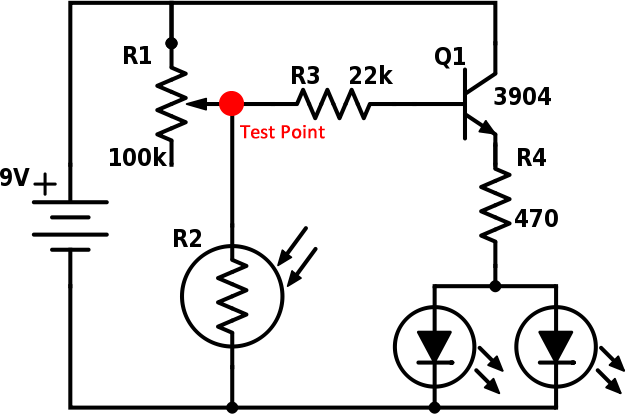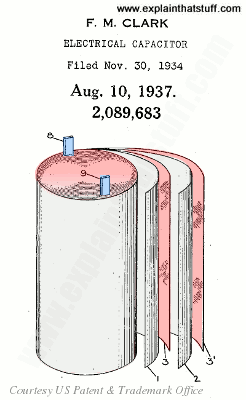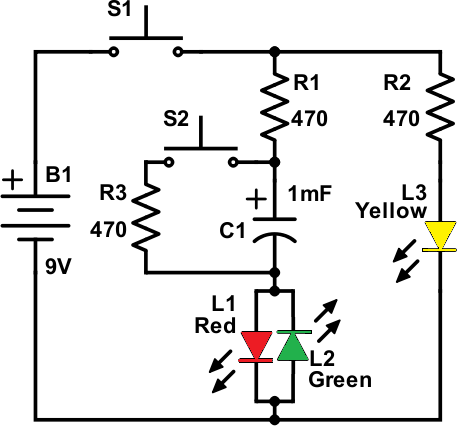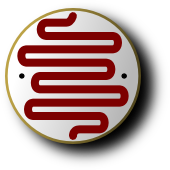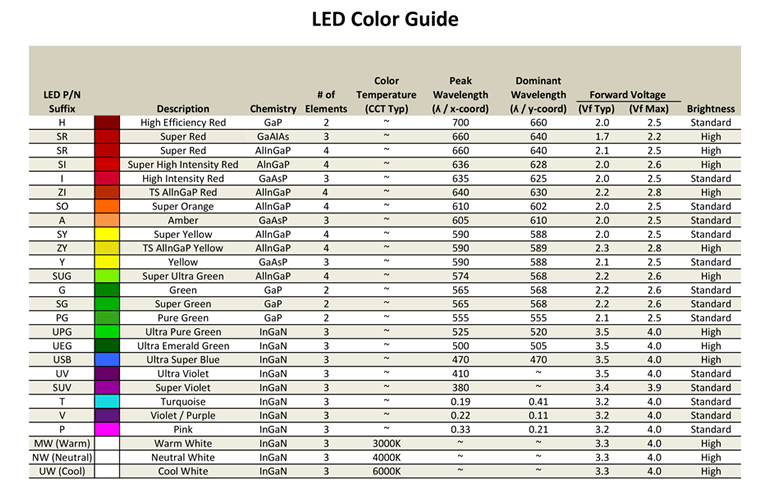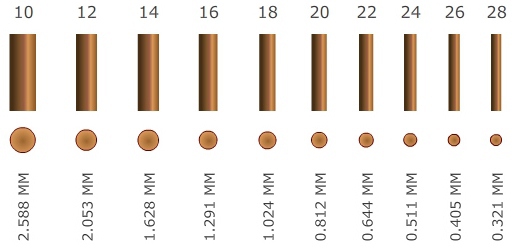7. INDEPENDENT STUDY PROJECT PRESENTATIONS
37
May 29
May 29
Final Class
Mandatory Attendance
Mandatory Attendance
36
May 27
May 27
Mandatory Attendance
6. A COUNTING CIRCUIT
35
May 23
May 23
34
May 21
May 21
33
May 16
May 16
Binary Game Finals @ 1:15
WT vs DC
A Counting Circuit
E. Binary Coded Decimal (BCD) Decoder
The 4511 BCD to 7-Segment Decoder
F. Seven-Segment Display
WT vs DC
A Counting Circuit
E. Binary Coded Decimal (BCD) Decoder
The 4511 BCD to 7-Segment Decoder
F. Seven-Segment Display
32
May 14
May 14
A Counting Circuit
D. Decimal Counting
Binary Up/Down Counter (4510)
The 4516 Up/Down (0-15) Counter
D. Decimal Counting
Binary Up/Down Counter (4510)
The 4516 Up/Down (0-15) Counter
31
May 10
May 10
A Counting Circuit
C. Decade Counter (4017)
NGO Square Wave Output as Clock Input
to our FIRST Specialized IC:
The 4017 Decade Counter
C. Decade Counter (4017)
NGO Square Wave Output as Clock Input
to our FIRST Specialized IC:
The 4017 Decade Counter
30
May 8
May 8
A Counting Circuit
B. NAND Gate Oscillator (4011) Part 2
Animations: TP3, RC Drain
Explore changes to RC2 components
B. NAND Gate Oscillator (4011) Part 2
Animations: TP3, RC Drain
Explore changes to RC2 components
29
May 6
May 6
28
May 2
May 2
5. DIGITAL FUNDAMENTALS, LOGIC GATES, and INTEGRATED CIRCUITS (ICs)
27
Apr 30
Apr 30
p. 45
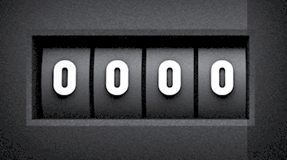

What is the difference between
Vcc, Vdd, Vee, Vss, etc?
Digital Name Pairs, The Binary Number System
Number Systems: Binary (2)
Octal (8), Decimal (10), Hexadecimal (16) Binary Representation of Characters:
ASCII Table, Unicode
Vcc, Vdd, Vee, Vss, etc?
Digital Name Pairs, The Binary Number System
Number Systems: Binary (2)
Octal (8), Decimal (10), Hexadecimal (16) Binary Representation of Characters:
ASCII Table, Unicode
26
Apr 26
Apr 26
Best 555 Tutorial
on the Web...
![]() Eater's Astable 555
Eater's Astable 555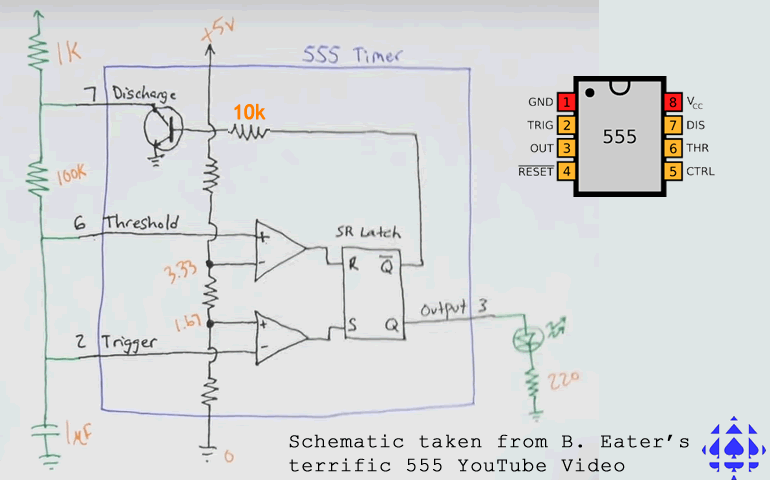
Note: Section 2 misses this one :(
Operational Amplifiers
As Comparator: p.71
FALSTAD: 555 Simulation
(Circuits > 555 Timer > Square Wave Generator)
25
April 24
April 24
Review of Truth Tables
Combinational Logic Activities:
FALSTAD: Logic Gate IC Circuits
Multiple Input Gates
Gates as Operators: Boolean Arithmetic
The eXclusive OR (XOR) Gate
Activity. Addition-Related Logic Circuits
Combinational Logic Activities:
FALSTAD: Logic Gate IC Circuits
Multiple Input Gates
Gates as Operators: Boolean Arithmetic
The eXclusive OR (XOR) Gate
Activity. Addition-Related Logic Circuits
24
April 18
April 18
p. 47-48
![]()
![]()
![]()
![]()
![]()
23
April 16
April 16
Transition from...
ANALOG (Continuous) to DIGITAL (Discrete):
Boolean Algebra and Venn Diagrams
Activity: Transistors as Logic Gates (TTL)
ANALOG (Continuous) to DIGITAL (Discrete):
Boolean Algebra and Venn Diagrams
Activity: Transistors as Logic Gates (TTL)
4. TRANSISTORS
21
April 12
April 12
20
April 10
April 10
pp. 33-36
19
April 8
April 8
3. CAPACITORS
18
Apr 4
Apr 4
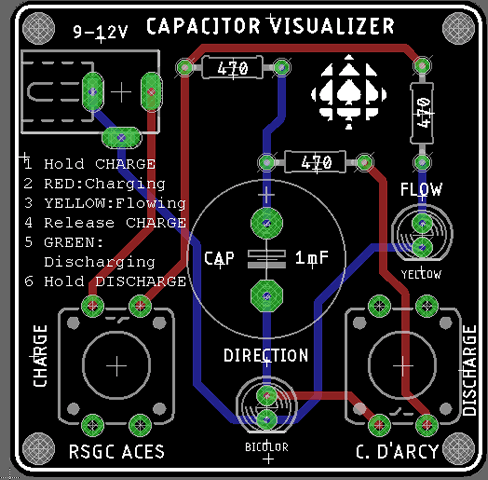
Project 2. The Capacitor Visualizer
Soldering and Assembly Stage
 N. Vassos'
N. Vassos'
The Capacitor Visualizer
Soldering Tutorial
Soldering and Assembly Stage
The Capacitor Visualizer
Soldering Tutorial
17
Apr 2
Apr 2
Project 2. The Capacitor Visualizer
Prototype and Time Trials Stage
Prototype and Time Trials Stage

16
Mar 29
Mar 29
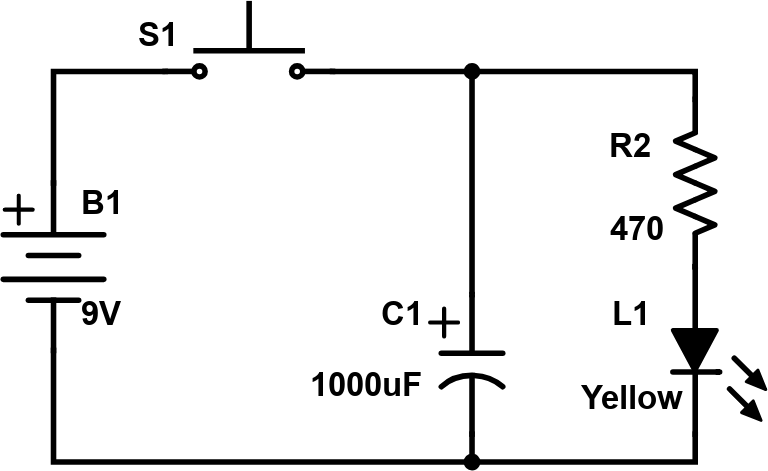
15
Mar 27
Mar 27
The Underlying Principle of Digital Logic:
Pull-Down and Pull-Up Resistor Configurations
LOGIC Functions: OR, AND
Diode-Resistor Logic (DRL)
Pull-Down and Pull-Up Resistor Configurations
LOGIC Functions: OR, AND
Diode-Resistor Logic (DRL)
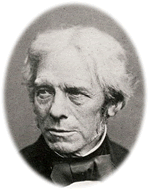
Michael Faraday
2. DESIGN, DIVIDERS, DEVICES and DATASHEETS
14
Mar 7
Mar 7
CB HD* JL MM* TP
JR OS CT* WT HV* JW
CB FB* DC AG EL RM
LO* BS* LT* MT MvD*
ACES' ER Technical Writing: Don'ts and Dos
Use of the Active Voice
Manual Input Devices:
Buttons: PBNO, PBNC
Switches (SPST, SPDT, DPDT)
Activities: Switch Circuit
Rocket Launch: RocketLaunchQuestion.fzz
Use of the Active Voice
Manual Input Devices:
Buttons: PBNO, PBNC
Switches (SPST, SPDT, DPDT)
Activities: Switch Circuit
Rocket Launch: RocketLaunchQuestion.fzz

Buttons and Switches
13
Mar 5
Mar 5

12
Mar 1
Mar 1
Review TEL3M FC
Feedback Emails
ACES' Frame Player:
Field Forms
Field Forms
11
Feb 27
Feb 27
10
Feb 25
Feb 25
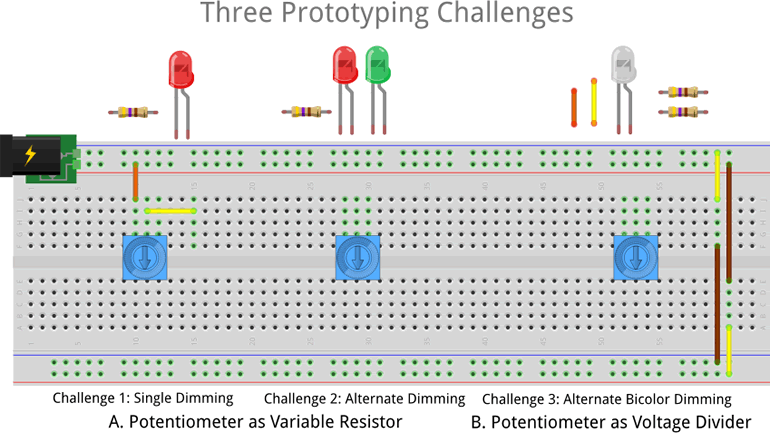
1. SIGNALS, SUPPLY, SYMBOLS, and SCHEMATICS
9
Feb 21
Feb 21
Introduction to Variable Resistors
Mechanical Potentiometers
Light-Dependent Resistors (LDRs)
Heat-Dependent Resistors (Thermistors)
Force-Sensitive Resistors (FSRs)

8
Feb 19
Feb 19
Waterfall Model (Continued)
DMM: Measuring Voltage and Amperage
 Circuit Analysis: Resistor Circuit
Circuit Analysis: Resistor Circuit
 Circuit Analysis: LED Circuit
Circuit Analysis: LED Circuit
DMM: Measuring Voltage and Amperage

7
Feb 13
Feb 13
Introduction to VOLTAGE
Waterfall Model of a Closed Circuit
Fundamental Circuit Laws:
KVL: Kirchhoff's Voltage Law, `V=IR`, `P=IV`
Waterfall Model of a Closed Circuit
Fundamental Circuit Laws:
KVL: Kirchhoff's Voltage Law, `V=IR`, `P=IV`

6
Feb 11
Feb 11
`R_E=R_1+R_2`
`1/R_E=1/R_1+1/R_2`
`1/R_E=1/R_1+1/R_2`
Analysis of Fixed Resistors in Series and Parallel
Concept of: Equivalent Resistance (`R_E`)
Concept of: Equivalent Resistance (`R_E`)


5
Feb 7
Feb 7
Voltage: `V=IR`
Power: `P=IV`
Power: `P=IV`
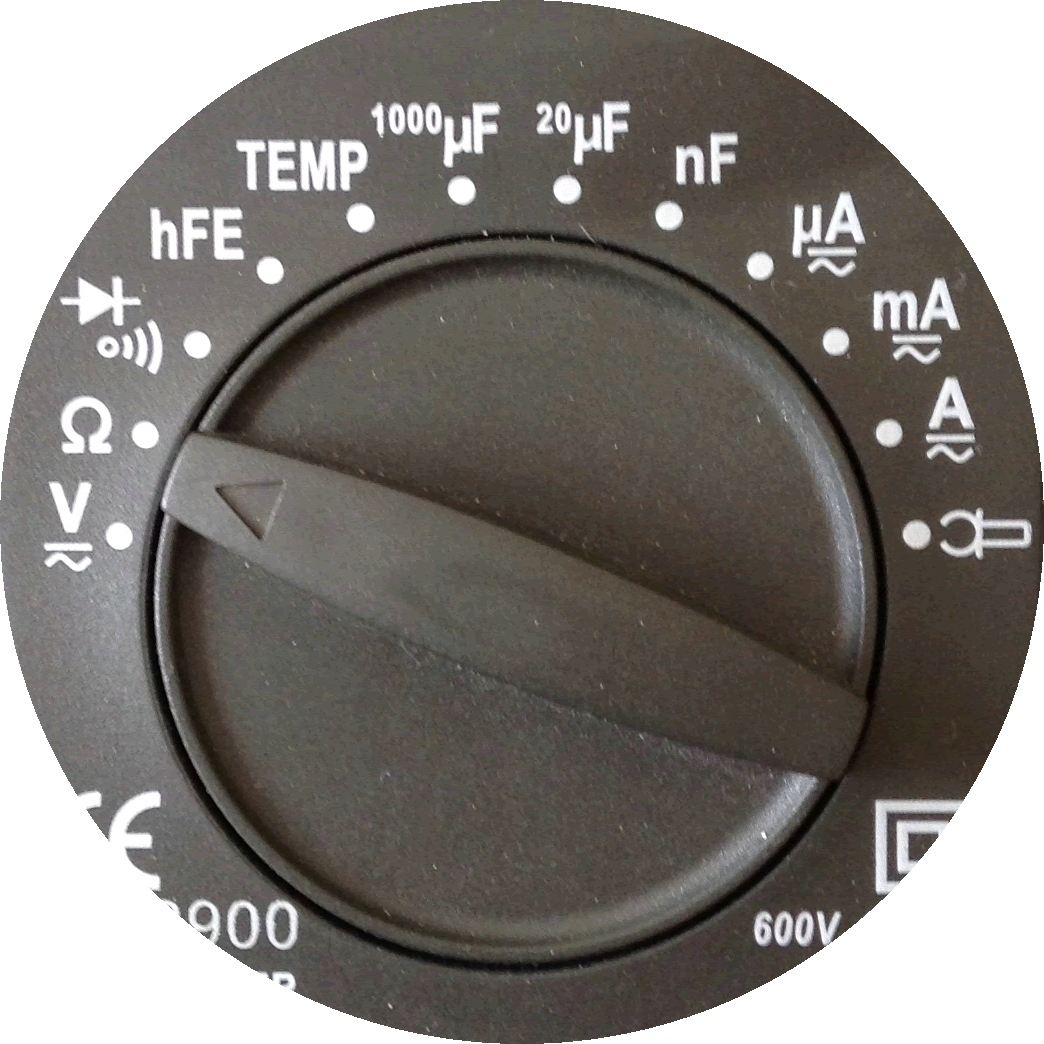
4
Feb 5
Feb 5
Digital Multimeter (DMM)
Circuit Symbols, Reading a Schematic
Useful Resistor Circuits, Wire Ampacity

3
Feb 1
Feb 1
Direction of Current, Anode and Cathode
Power: `P=IxxV`
Increased Power
Wire Gauge (p. 77), Greek Alphabet (p. 78)
Fixed (Current-Limiting) Resistors
Power: `P=IxxV`
Increased Power
Wire Gauge (p. 77), Greek Alphabet (p. 78)
Fixed (Current-Limiting) Resistors
2
Jan 30
Jan 30
Discussion:
What is Electricity?
The Atom, Signals, Water Analogy, Flow Models
Giants of Electricity (p.81)
Supply: Voltage, Current (Direct and Alternating)
Direction of Current, Resistance
Circuit Symbols and Schematics
Reading a Schematic, Simple Resistor Circuits
 Ben Eater: How Semiconductors Work
Ben Eater: How Semiconductors Work
The Atom, Signals, Water Analogy, Flow Models
Giants of Electricity (p.81)
Supply: Voltage, Current (Direct and Alternating)
Direction of Current, Resistance
Circuit Symbols and Schematics
Reading a Schematic, Simple Resistor Circuits
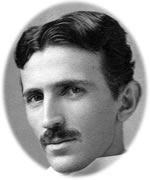
Master of Lightning
1b
Jan 28
Jan 28
Student Reflections
Why is this Course Necessary? The Workbook?
Technical Advisors, Acknowledgements
ACES: A Focus on Skills, Table of Contents
Why is this Course Necessary? The Workbook?
Technical Advisors, Acknowledgements
ACES: A Focus on Skills, Table of Contents
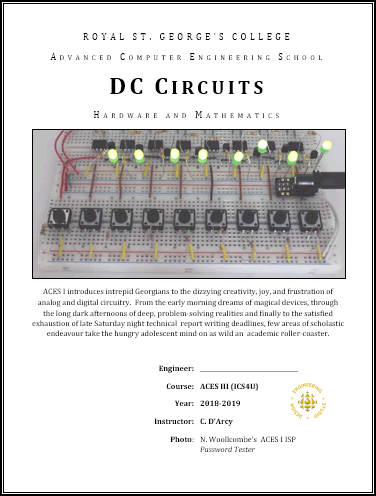
1a
Jan 28
Jan 28
REPUTATION and RESPECT
RSGC ACES CULTURE: Taking a
Short, Medium, and Long Term View
of your Futures
ACES Hall of Fame:
E. McAulliffe ('18), Mariano Elia ('15), Jack Gettings ('10)
RSGC ACES CULTURE: Taking a
Short, Medium, and Long Term View
of your Futures
ACES Hall of Fame:
E. McAulliffe ('18), Mariano Elia ('15), Jack Gettings ('10)
[ACES Culture]





